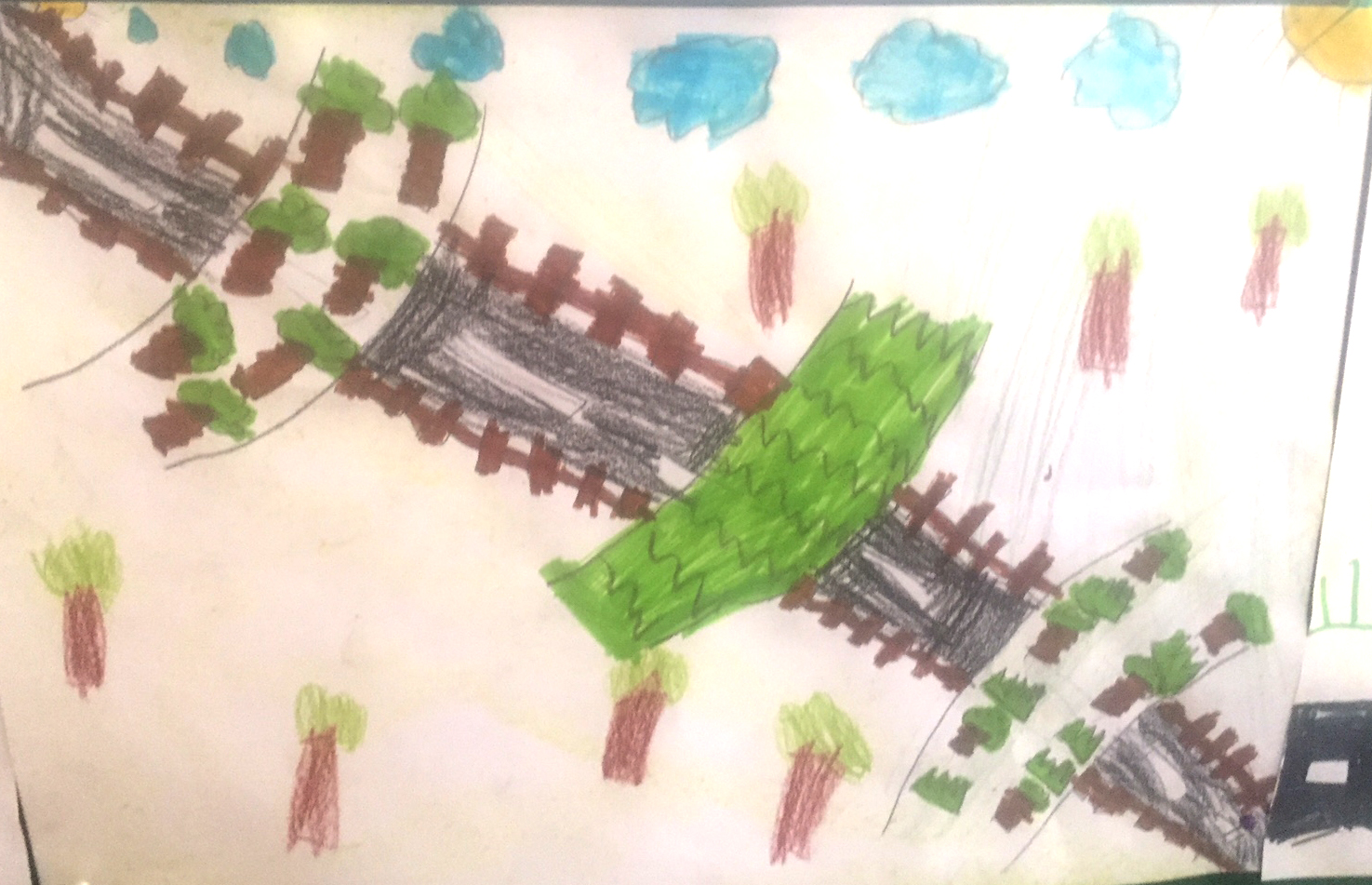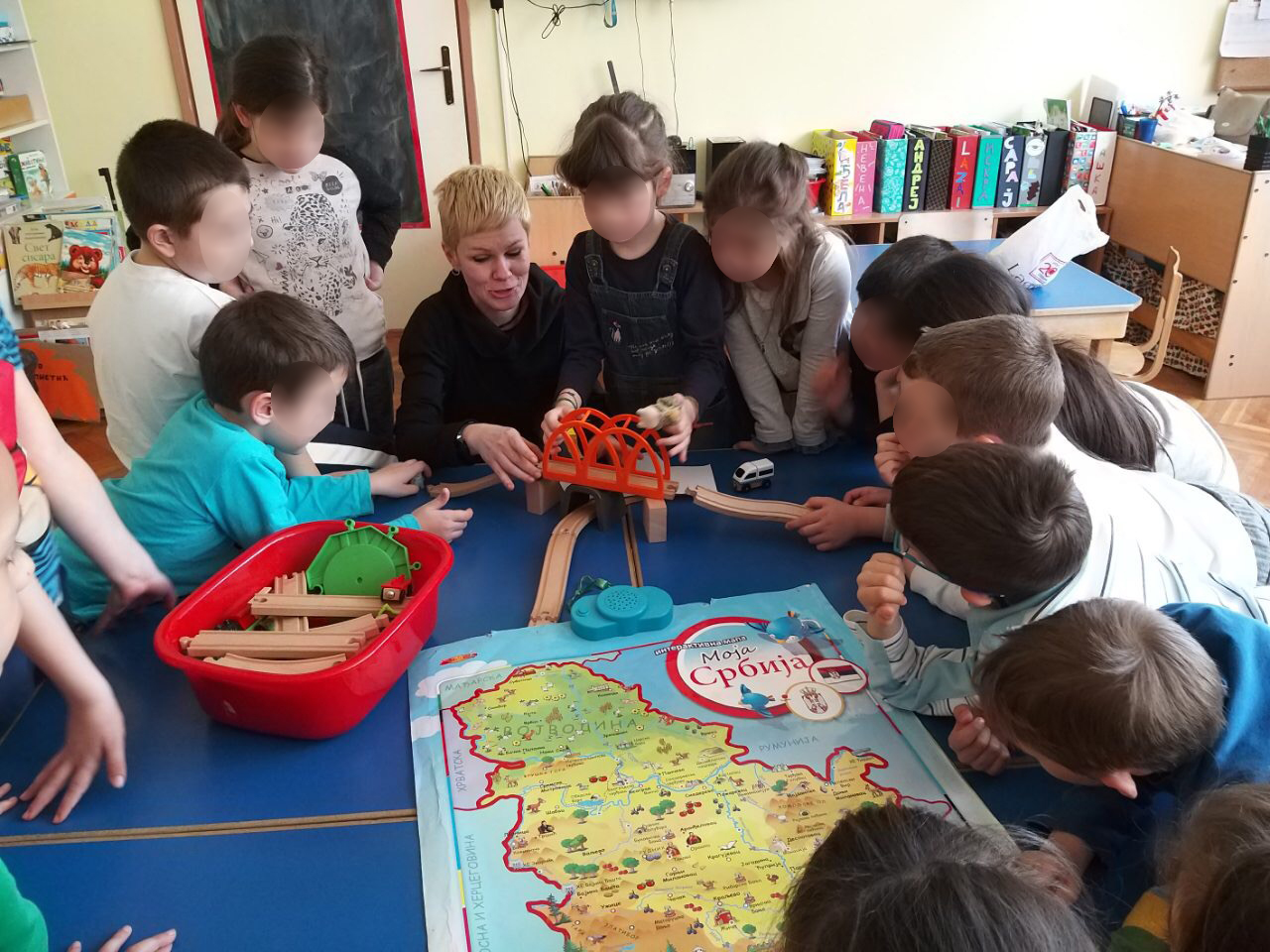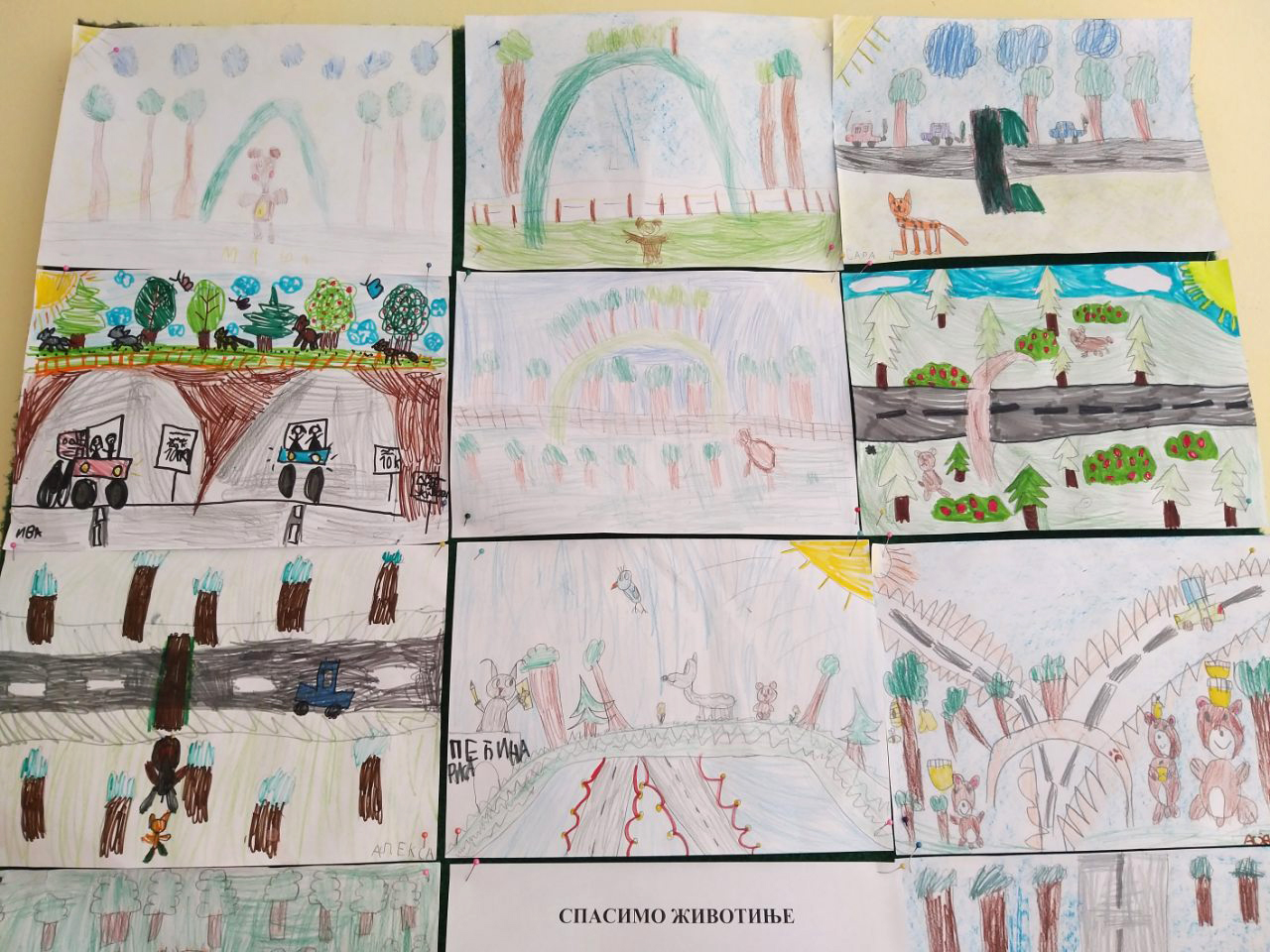ConnectGREEN - How to explain the ecological connectivity in a colorful way
03-04-2019
Are the ecological connectivity and the wildlife movement corridors concepts that can be understood by children? Yes, they surely are, and now we have a very nice and colorful proof of that.

Led by the idea that early learning to respect and care for the world we live in contributes to its preservation for future generations, Dr. Marina Nenković Riznić from IAUS - ConnectGREEN Project Partner, held a workshop for children, under the theme of ecological corridors for large carnivores in Serbia. The workshop for children took place in the kindergarten "Our joy" in Belgrade Friday, on 22 of March 2019.
In order to become part of the society that cares about the environment, it is necessary for children to explore the world around them and to learn from concrete examples. For this reason, Marina has made an effort from the point of her own example of personal and professional engagement in the field of environmental protection, to encourage children aged six and seven years to provide creative ideas around the complex and current issue of conservation of ecological corridors.

The children were introduced to the problem of migration corridors through playing with model of highway and bridges, animals and cars, followed by statistics on the number of animals disappearing from our planet due to a conflict between wildlife conservation and infrastructure development. This presentation inspired and motivated children to think about the actions that would contribute to overcoming these problems.
The kid's reaction was fascinating in terms of intelligent and creative ideas that are converted into drawings afterwards. At the same time, this kind of valuable and important project dissemination among the youngest population, primarily contributed in respect of raising awareness that their actions affect the entire world, not only themselves, and the most importantly - they are an integral part of the nature where everything is connected.

ConnectGREEN project aims to contribute to maintaining and improving ecological connectivity between natural habitats, especially between Natura 2000 sites and other protected areas of transnational relevance in the Carpathian ecoregion, namely in Czech Republic, Hungary, Romania, Slovakia and Serbia. Partners from various fields of activity - spatial planning, research, government, nature conservation - joined forces to increase capacity for the identification and management of ecological corridors and to minimize conflicts between infrastructure development and wildlife conservation.
Photos: ©Marina Nenković Riznić/IAUS
